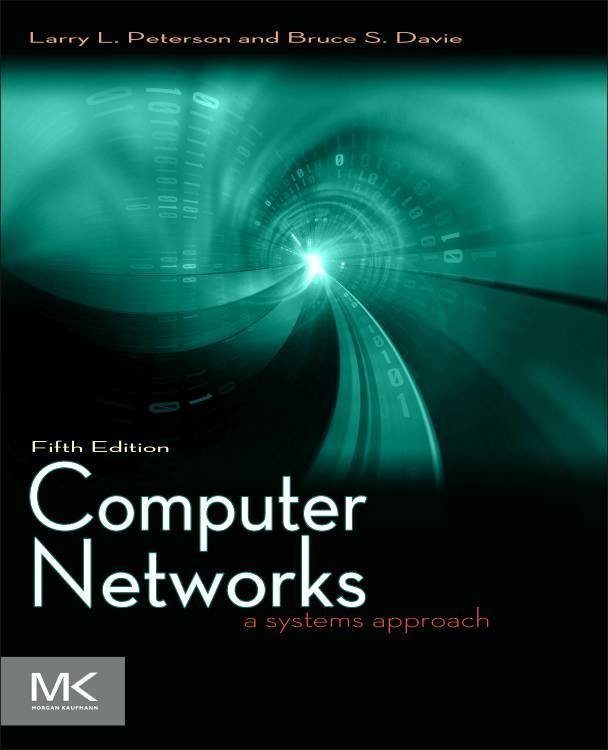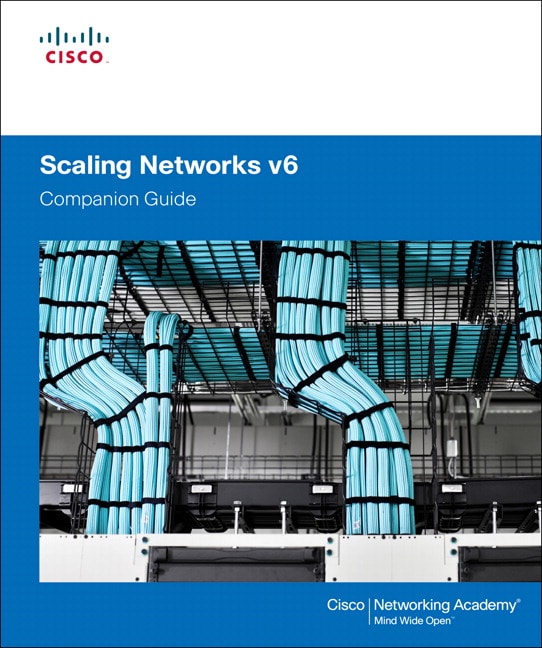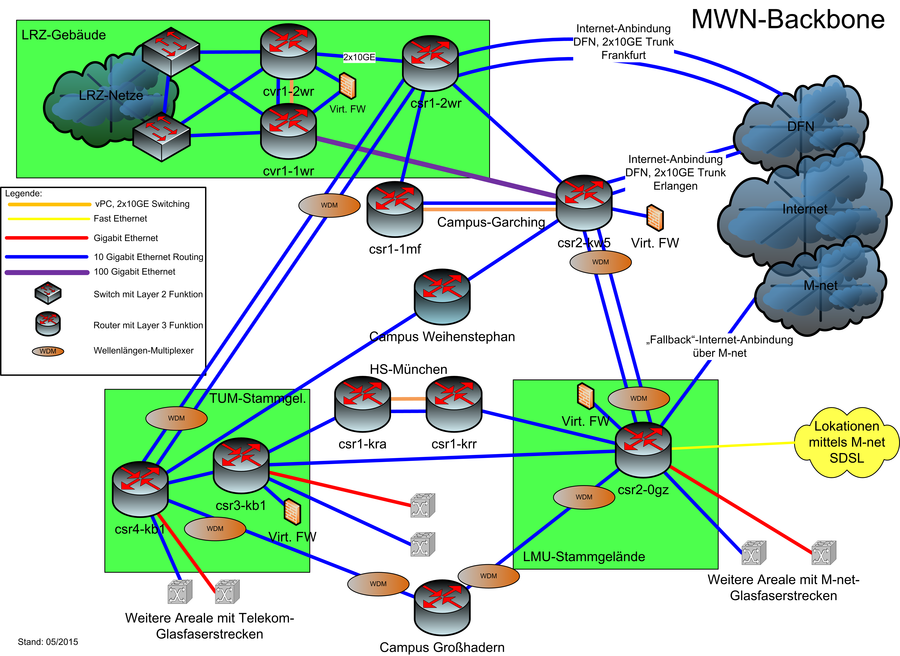Advance Computer Network Presentation
| Introduction to Advanced Computer Network | ||
|---|---|---|
| Advanced computer networks are complex systems that allow for faster and more efficient data communication. These networks are designed to handle large volumes of data and support a wide range of applications. Advanced computer networks incorporate advanced technologies such as virtualization, software-defined networking (SDN), and network function virtualization (NFV). | ||
| 1 | ||
| Benefits of Advanced Computer Networks | ||
|---|---|---|
| Advanced computer networks provide increased scalability, allowing for the expansion of network resources as needed. These networks offer improved performance and reliability, ensuring seamless connectivity and minimal downtime. Advanced computer networks enable enhanced security measures to protect sensitive data and prevent unauthorized access. | ||
| 2 | ||
| Components of Advanced Computer Networks | ||
|---|---|---|
| Advanced computer networks consist of various components, including routers, switches, firewalls, and load balancers. These networks utilize advanced protocols such as TCP/ IP, MPLS, and BGP to facilitate efficient data transmission. Advanced computer networks incorporate network management systems to monitor and control network operations effectively. | ||
| 3 | ||
| Virtualization in Advanced Computer Networks | ||
|---|---|---|
| Virtualization allows for the creation of virtual network resources, such as virtual machines, virtual switches, and virtual routers. It enables efficient utilization of physical resources, reducing costs and improving scalability. Virtualization in advanced computer networks enables the creation of isolated network environments, enhancing security and flexibility. | ||
| 4 | ||
| Software-Defined Networking (SDN) | ||
|---|---|---|
| SDN separates the control plane from the data plane, allowing for centralized network management and control. It provides flexibility and programmability, enabling rapid network configuration and customization. SDN simplifies network management and reduces operational costs through automation and abstraction. | ||
| 5 | ||
| Network Function Virtualization (NFV) | ||
|---|---|---|
| NFV virtualizes network functions, such as firewalls, load balancers, and intrusion detection systems, running them on standard servers. It allows for the dynamic deployment and scaling of network services, reducing hardware costs and improving agility. NFV enables service providers to offer a wide range of network services quickly and cost-effectively. | ||
| 6 | ||
| Challenges in Advanced Computer Networks | ||
|---|---|---|
| Scaling advanced computer networks can be challenging, as larger networks require robust infrastructure and careful design. Ensuring network security in advanced computer networks is crucial due to the increased complexity and potential vulnerabilities. Managing and troubleshooting advanced computer networks can be complex, requiring skilled professionals and advanced tools. | ||
| 7 | ||
| Future Trends in Advanced Computer Networks | ||
|---|---|---|
| The adoption of 5G technology will revolutionize advanced computer networks, providing ultra-fast and low-latency connectivity. Artificial intelligence (AI) and machine learning (ML) will play an increasingly significant role in network management and security. The Internet of Things (IoT) will drive the demand for advanced computer networks, as billions of devices become connected. | ||
| 8 | ||
| Case Studies of Advanced Computer Networks | ||
|---|---|---|
| Google's backbone network, spanning data centers around the world, relies on advanced computer networks to handle massive amounts of data. Amazon Web Services (AWS) utilizes advanced computer networks to provide scalable and reliable cloud services to millions of customers. Financial institutions heavily rely on advanced computer networks to ensure secure and real-time transactions across global markets. | ||
| 9 | ||
| Conclusion | ||
|---|---|---|
| Advanced computer networks are essential for modern businesses and organizations, enabling efficient communication and data transfer. These networks offer numerous benefits, including improved scalability, performance, and security. As technology continues to advance, advanced computer networks will play a crucial role in shaping the future of connectivity. | ||
| 10 | ||
| References (download PPTX file for details) | ||
|---|---|---|
| Tanenbaum, A. S., Wetherall, D. J. (2011). Co... Kurose, J. F., Ross, K. W. (2013). Computer N... Cisco. (2021). Virtualization and SDN. Retrie... |  | |
| 11 | ||









